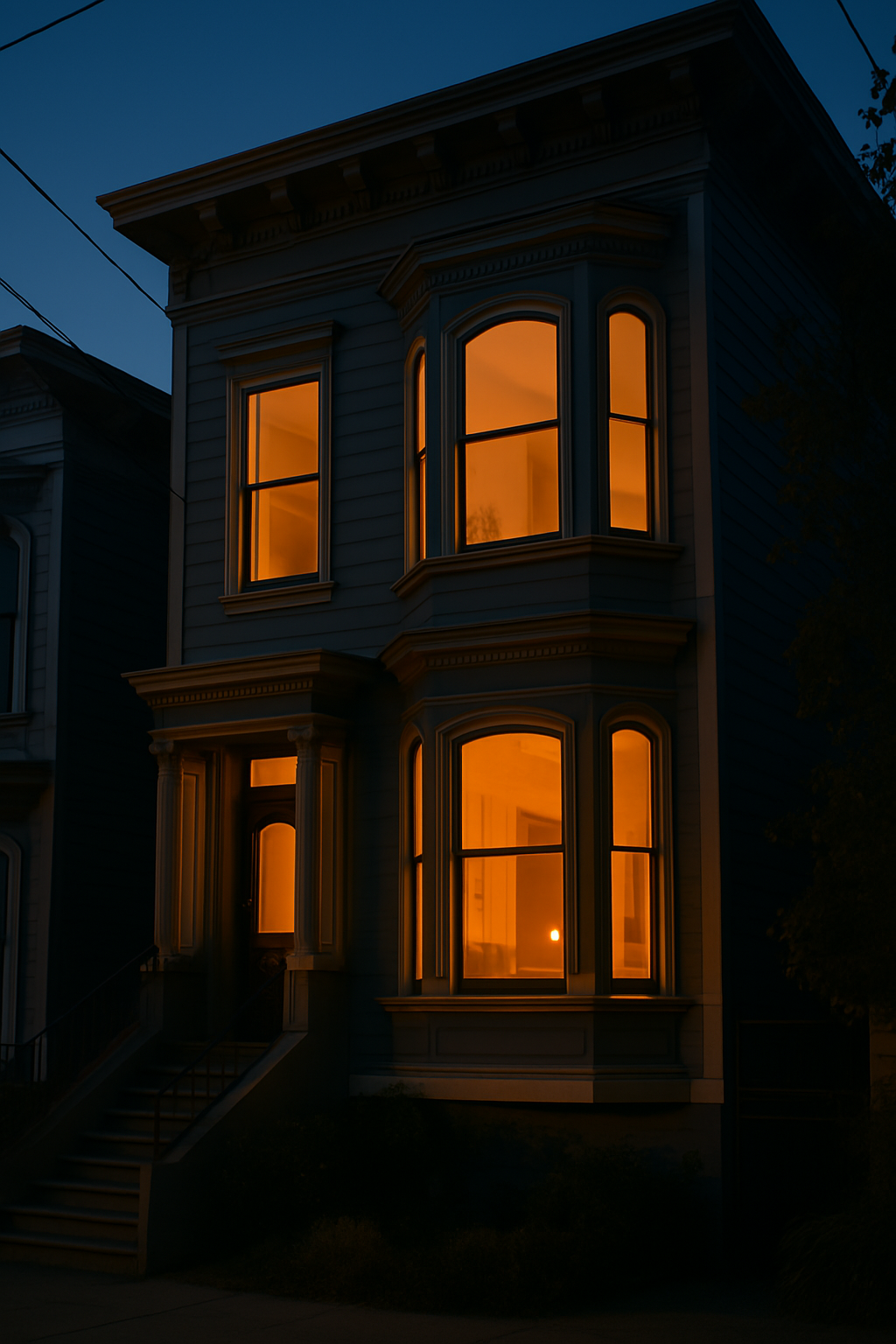This Space is Getting Hot
Director’s Statement
This Space Is Getting Hot is personal in a way that I’m still discovering as I make it. On the surface, it’s a short film about three women caught in an emotional triangle—but underneath, it’s about grief, longing, and how old wounds never fully close when you’ve truly loved someone.
There’s no villain in this story. No one’s trying to hurt anyone else. But there’s pain—intense, raw, and unresolved—because love can be complicated, especially when it’s tangled up with memory, jealousy, and what we carry from our past.
I lived a version of this. I know what it means to see someone again and feel that sudden spark of what was, crashing into the reality of what is. I know how scent can bring back a flood. How a song—especially played live—can unearth everything. Music is a spiritual force in this piece, and the climax comes not through words, but through a violin solo that cuts through the silence like a confession.
The film is designed to burn slowly. I prefer stillness to chaos, long takes over jump cuts. The color palette darkens as the emotional temperature rises—warm to hot, dusk to flame. We don’t announce anything. We just let the tension thicken until it finally breaks.
This film is just a few minutes long, but it contains echoes of a much larger story—one I’m telling in the feature-length Alone But Never Alone. This short exists as a microcosm: a pivotal chapter in Nina’s emotional journey. It can stand on its own, but it’s also a signal flare. A taste of what’s coming.
At the core of everything is Nina. And Nina is, in many ways, me.

A simmering emotional triangle among three young women ignites a cathartic confrontation when unspoken tensions over love, memory, and artistic legacy finally boil over.

After an afternoon spent at the Pacific Film Archive gathering material for their film class, Nina and her ex, Lila, return to the flat Nina shares with her current girlfriend, Heather. Tension lingers unspoken. Lila has sensed Heather’s presence — not through words, but scent, vibe, and subtle signs. And though Heather has welcomed them with warmth, it’s clear: she already knows. As the three navigate this awkward reunion, memories surface and boundaries blur. The confrontation builds slowly — until it erupts in the form of a searing violin solo from Heather that sets the emotional air ablaze.

The camera lingers in long, graceful takes — subtle dolly pushes, lock-offs, and slow pans. Lighting transitions subtly over the course of the short: from 4200K twilight into 2800K tungsten warmth, as if emotion itself is radiating heat. This isn’t a film of quick edits, but of patience — evoking the tension and magnetism in each shared glance, every unsaid word.

Emotionally intimate, slow-burning, and dreamlike. We’re in a space where time feels thick. Characters reach toward each other but can’t quite connect, held apart by memory, regret, and longing. The final sequence — the violin solo — is a climax not of action, but of feeling: uncontainable, expressive, and radiant.

This short will resonate with audiences who appreciate nuanced, character-driven drama — particularly queer women and those who’ve navigated emotional complexity in relationships. It’s for fans of lyrical cinema, of music as catharsis, and of stories where silence speaks volumes.
